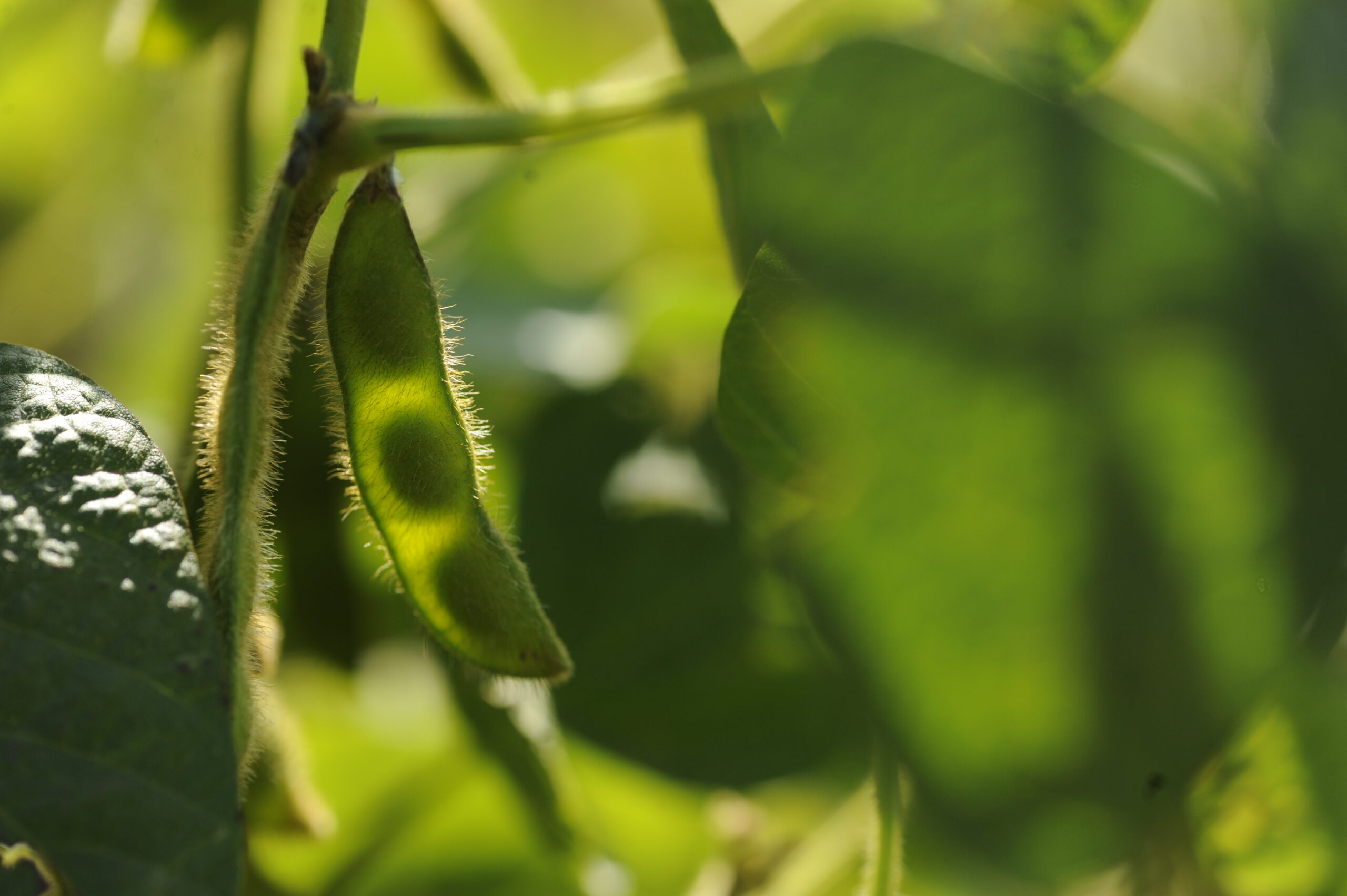Production
- Soybeans are grown in Eastern and Western Canada, although more heavily concentrated in the East. Canadian acreage has averaged 5.4 million acres from 2019 to 2023 and is expected to continue expanding. Seeded area in Saskatchewan can vary significantly from year to year, depending on profitability compared to other crops. Canadian soybean production has averaged 6.5 million tonnes from 2019/20 to 2023/24.
Trade
- Most of Canada’s soybean production is exported, averaging 65% of the crop. China is the largest buyer of Canadian soybeans, followed by Algeria and other countries in the Middle East and Asia. Typically, exports are robust following harvest (October–December), with low volumes in spring and summer.
- Brazil is the world’s largest exporter of soybeans, followed by the United States (U.S.). Argentina and Paraguay are also notable exporters. Canada is a minor player in the global soybean trade, but export volumes have steadily grown annually.
- Over the past decade, global soybean trade has increased by 62%, while export value has increased by over 76%. China is the world’s largest importer of soybeans, with volumes rising 54% over the last ten years. Its imports are projected to continue to increase each year, although at a slower pace.
Processing & Uses
- Soybeans are crushed in Eastern Canada, averaging 1.8 million tonnes from 2018/19 to 2022/23. Typically, 340,000 tonnes of soy oil are produced, and approximately half is exported. From 2018/19 to 2022/23, soymeal production averaged 1.4 million tonnes and is mainly used domestically as livestock feed. Typically, 25% of meal production is exported.
- Some Eastern Canadian soybeans are imported to food markets in Asia and Europe. Most soybeans from Western Canada are exported to the U.S. for crushing.
Market Opportunities
- Canadian farmers have benefited from the significant expansion in global soybean trade. Soybeans are a good nitrogen-fixing alternative to peas or lentils in some areas.
